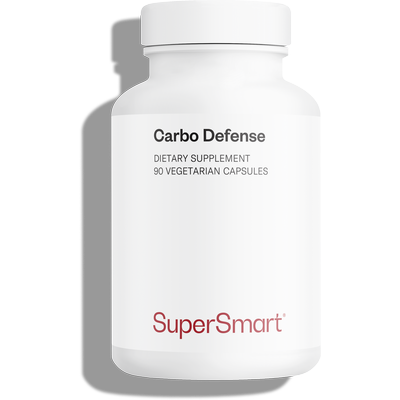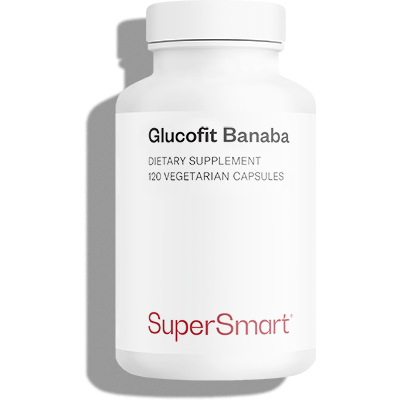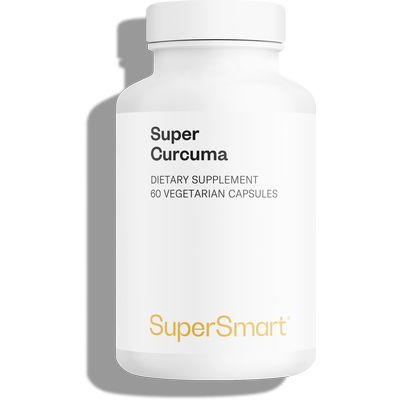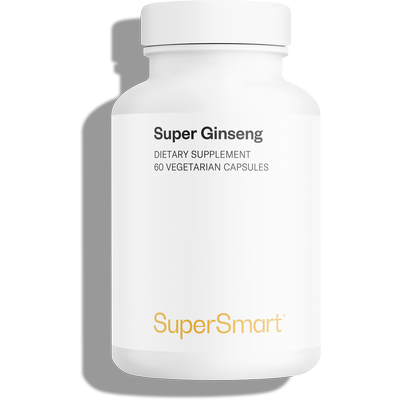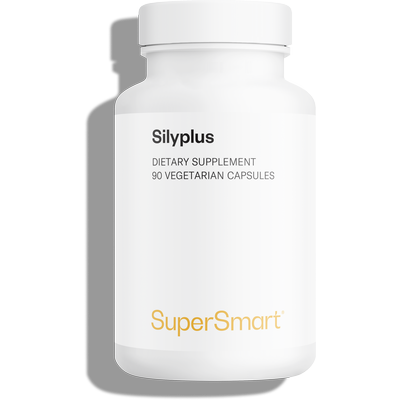Welcome
> Type 2 diabetes: the...
11-06-2019
Type 2 diabetes: the latest nutritional recommendations

Type 2 diabetes today affects more than 10% of Western populations (1). A chronic disease, its symptoms can remain hidden for a long time. Along with exercising and taking the right medication, it’s essential to follow an appropriate diet in order to control it.
Glycaemia, the diabetic’s chief concern
Controlling glycaemia (the level of sugar in the blood) is a function primarily carried out by insulin, a hormone produced by the pancreas. In type 2 diabetics, there are two main abnormalities:- the pancreas has a problem secreting insulin;
- the body’s cells stop responding to it properly: they become insulin-resistant.
Foods type 2 diabetics should avoid where possible
Researchers (2-3) have demonstrated clear links between the risk of developing or exacerbating diabetes and consuming the following foods:- red meat: beef, horsemeat, mutton;
- processed meat: charcuterie in general, and dried, salted and smoked meats...;
- drinks with added sugar: soda, lemonade, tonic water, branded iced teas, fruit-flavoured drinks, sports or energy drinks, syrup-flavoured water ... ;
- alcohol: alcohol should only be drunk in moderation, even ‘low-sugar’ versions, as it can trigger hypoglycaemia (excessively low blood sugar).
Foods and supplements that should be prioritised in the type 2 diabetic diet
Foods:- whole grains: wholegrain rice, pasta, bread, etc. Refined cereals and white bread tend to increase blood sugar so should be avoided where possible;
- fruit;
- high-fibre foods: in addition to whole grains and fruit, diabetics should eat plenty of raw and cooked vegetables, nuts, seeds and pulses (lentils, chickpeas, kidney, azuki and soya beans …) ;
- foods high in unsaturated fatty acids (‘good fats’): oily fish (salmon, herring, mackerel …), dried fruit, olive oil ...
Such supplements comprise:
- cinnamon, which helps reduce glycaemia by improving poorly-controlled insulin resistance in diabetics;
- curcumin: extracted from turmeric, which may have a role in preventing pre-diabetes;
- alpha-lipoic acid: a powerful antioxidant produced naturally by the body, the effects of which can be increased through supplementation. It may prevent nerve-related complications of diabetes - diabetic neuropathy;
- cider vinegar: in its original liquid form, it may reduce the hyperglycaemia that occurs naturally after a meal, though this effect may not be achieved with the tablet form;
- ginseng (panax ginseng, araliaceae family): when taken before a meal, it prevents hyperglycaemia. As an adaptogenic plant, it only produces a physiological effect on eating food;
- le whey: drinking whey just before a high-carb meal may, in well-controlled type 2 diabetes, reduce the effects of such foods;
- silymarin: a flavonoid (an antioxidant polyphenol) found in milk thistle seeds (Sylibum Marianum, asteraceae plants). Silymarin appears to protect against diabetes-induced kidney damage;
- insulin: this is a carbohydrate found in many plants (chicory, artichoke, dandelion, Jerusalem artichoke …). It is also plays a dietary fibre role, promotes healthy gut bacteria, and in diabetes, prevents elevated blood sugar;
- other glycaemia-lowering supplements: berberine, obtained primarily from barberry (Berberis Vulgaris, berberidaceae family); fenugreek, (Trigonella Foenum-graecum, fabaceaea) a grass from which the seeds are used; gymnema (gymnema sylvestre, apocynaceae), a plant used in Ayurveda (traditional Indian medicine) ; D-ribose, a sugar found in the body’s cells; white mulberry (Morus Alba, moraceaea), traditionally used in Asia for lowering blood sugar levels in diabetics; chromium picolinate, an absorbable form of chromium; vitamin D, available as a supplement as well as in cod liver oil and oily fish in general.
Controlling type 2 diabetes requires a varied, balanced diet, regular exercise and consistent medication
It’s a question of following some simple rules: minimise your intake of sugary drinks, red and processed meat and anything ‘ready-made’. Eat plenty of dairy products and foods high in fibre and good fats, and why not give yourself a helping hand with the aid of dietary supplements? A good balance is not achieved overnight: you need to eat a varied diet adapted to your daily life. Following these recommendations while at the same time enjoying life – that’s the key to well-controlled diabetes!References
- Fosse-Edorh S, Mandereau-Bruno L, Piffaretti C. Le poids du diabète en France en 2016, synthèse épidémiologique. Santé Publique France. 2018.
- Lukas Schwingshackl, Georg Hoffmann, Anna-Maria Lampousi, Sven Knüppel, Khalid Iqbal, Carolina Schwedhelm, Angela Bechthold, Sabrina Schlesinger, Heiner Boeing. Food groups and risk of type 2 diabetes mellitus: a systematic review and meta-analysis of prospective studies. Journal of European Epidemiology. Vol. 32, pp 363–375. 2017.
- Theodoros Thomas, Andreas F. H. Pfeiffer. Foods for the prevention of diabetes: how do they work? Diabetes Metabolism Research and Reviews. Vol. 28, pp 25-49. 2012.
Order the nutrients mentioned in this article
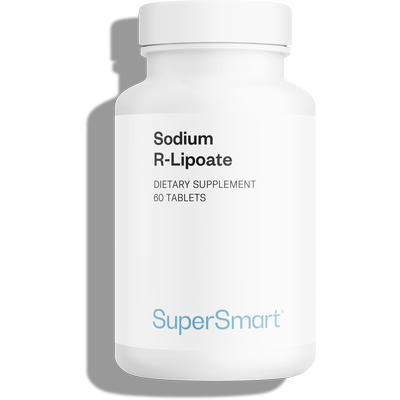
Active form of R-lipoic acid with enhanced bioavailability
Reaches 10-times-higher peak blood levels in only 20 minutes
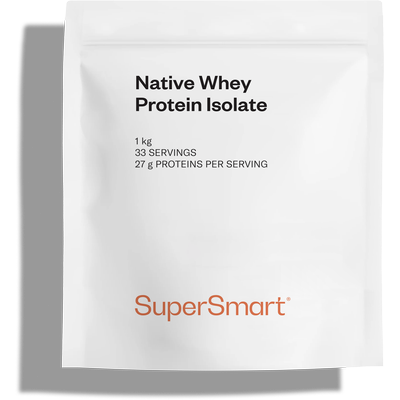
Native whey isolate: the purest, most effective form of protein powder for increasing muscle mass
www.supersmart.com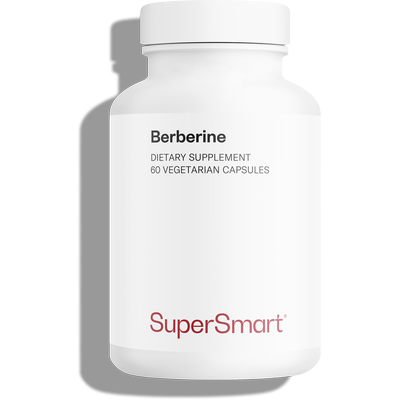
Berberine HCL: natural extract of Berberis vulgaris for cardiovascular health
www.supersmart.com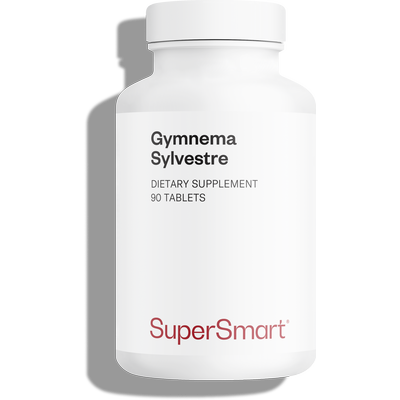
Standardised extract 75% gymnemic acids, improves pancreas function
www.supersmart.com© 1997-2025 Fondation pour le Libre Choix
All rights reserved
All rights reserved
Free
Thank you for visiting our site. Before you go
REGISTER WITHClub SuperSmart
And take advantage
of exclusive benefits:
of exclusive benefits:
- Free: our weekly science-based newsletter "Nutranews"
- Special offers for club members only



